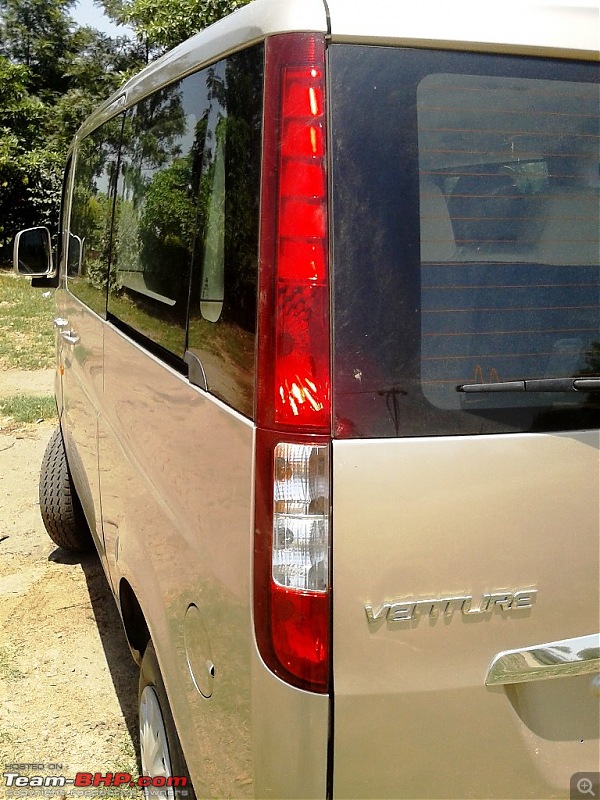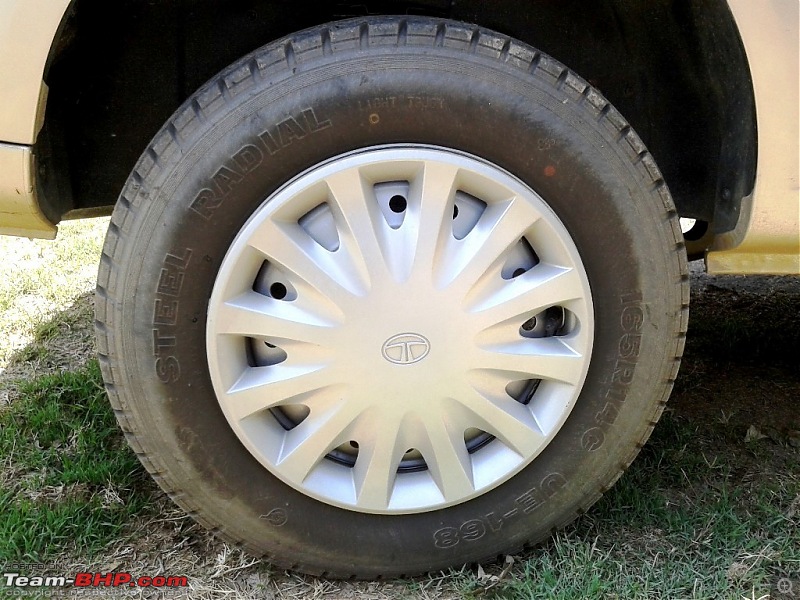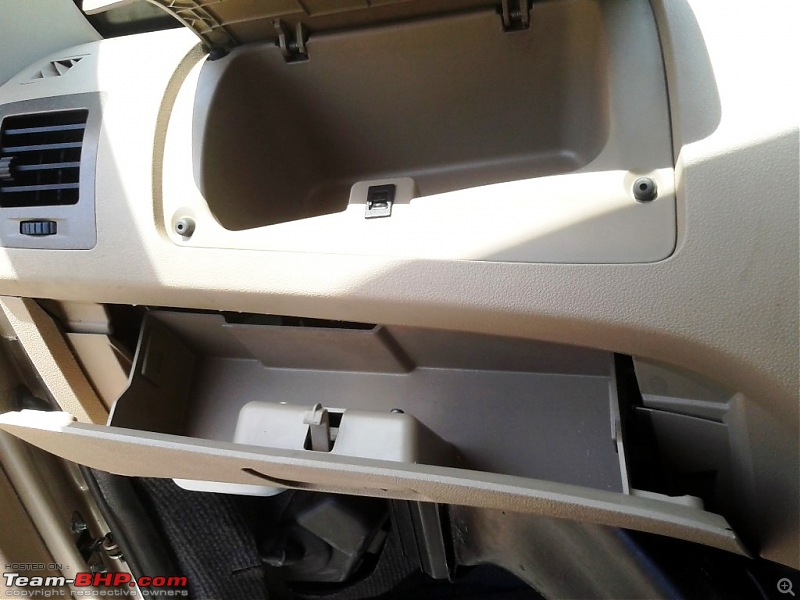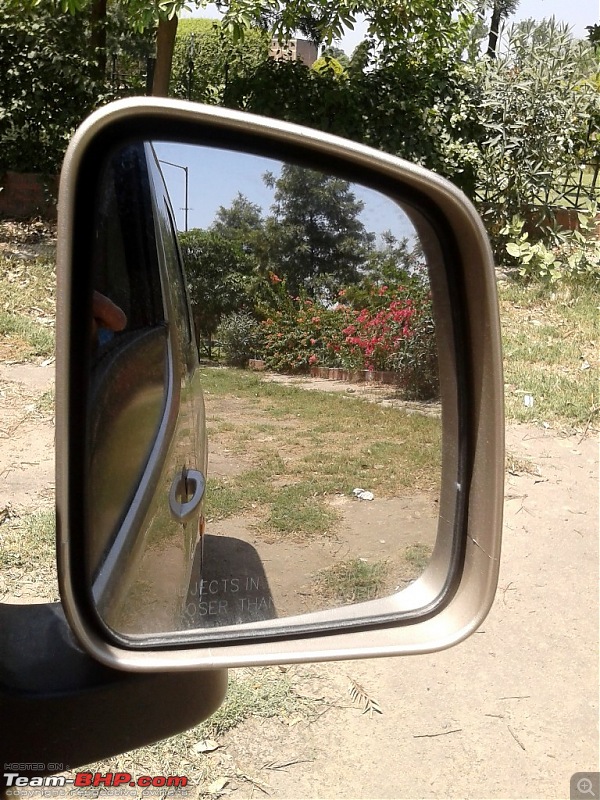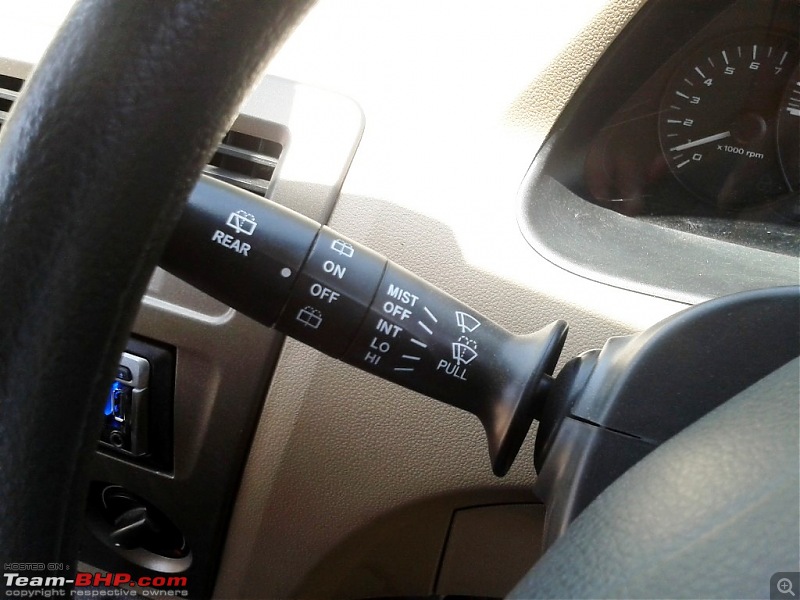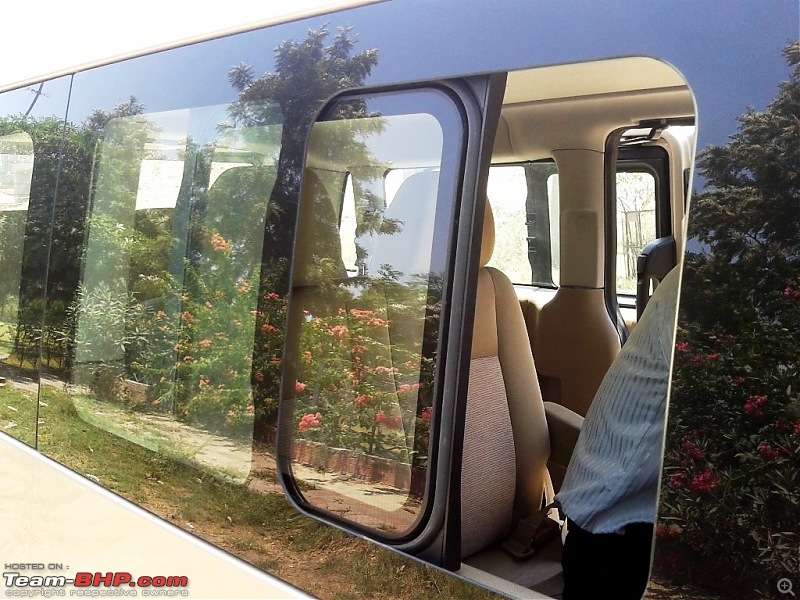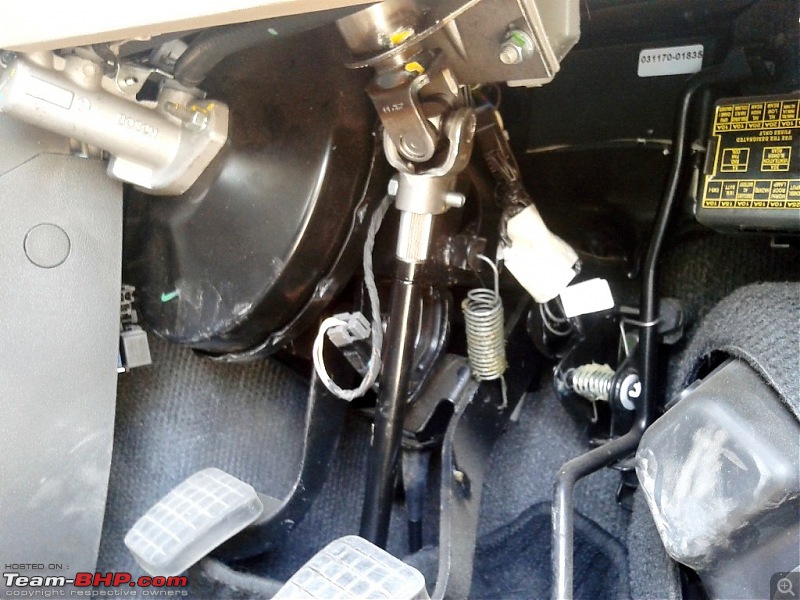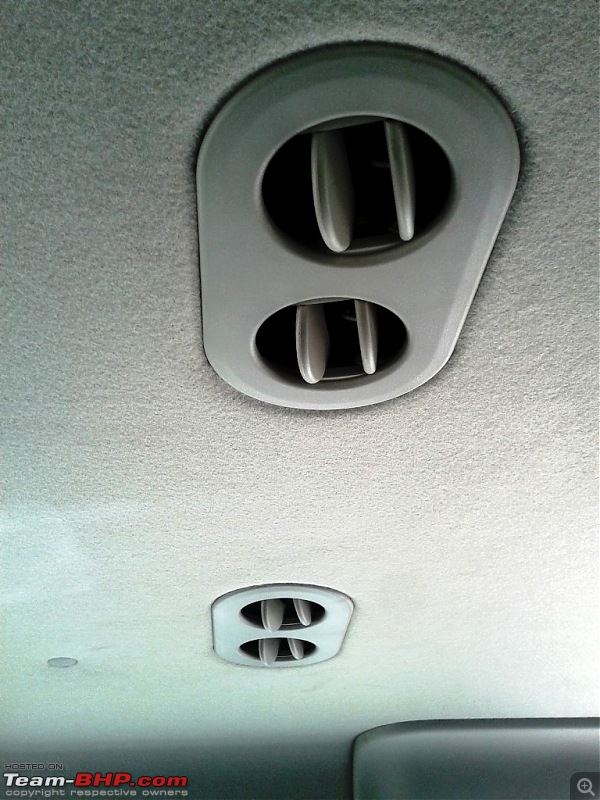Rewind.
Lets go back to history.
The year 1984 saw the launch of Maruti Omni, the country's first MPV, or people mover nee Multi Purpose Vehicle in layman's term. Simple, crude, basic yet effective at a dirt cheap price, it had the ability to carry 5 persons and their paraphernalia in a decent sized package. Was comfortable for its time and no direct competition meant that it was a smash hit with lakhs of examples even roaming around the streets today.
27 years later, a humongous lot of omnis can be found here, there and everywhere. It still has its basic attributes of 5 and 8 seat options, cheapest price to utility quotient, fuel efficient if an underpowered 800 cc motor and ability to withstand abuse dispute primitive deign and a prehistoric bodyshell with shoddy crash safety reputation.
The main functionality of vans is to carry a family of 7 or 8 in decent space and comfort and provide a credible alternative to big sized MUVs like the innova, sumo, tavera, bolero or xylo which can be cumbersome to drive due to their huge size and truck based ladder frame chassis. Out of all these, the innova is billed as the most "car like" to drive. Yet, it feels big and its priced high.
On the other hand, in 2001, the qualis was ruling the roost and Maruti thought it was a perfect opportunity to operate in the lucerative micro can segment and launched its MPV-the 7-8 seater Versa. Basically the omni's great grandson, it was three generations ahead of the omni and was a rebadged version of Japan's Suzuki every landy microvan. It priomised all the strong attributes of the omni in a bigger and supposedly on paper, better package.
It drove well for a people mover and was very refined and fast for a van and the G13BB petrol engine with 82 bhp did well for pulling passengers and luggage. It was billed as a first proper alternative for a passenger car with more than 5 seats. But it bombed badly. Why?
It was overpriced from launch. At 5plus lakhs for a base model, the market was not matured enough and its undesirable image took a toll on MSIL. No two bachchans are the same and nor is the public. And nor its tagline of "two luxury cars in one" helped either. Calling a van a luxury car is nothing short of sacrilege.
Two years later, a non AC model was launched and price as dropped by more than a lakh, yet the versa was billed as a sales dud. Production ended in late 2009. Rest, they say, is history.
Bon-Voyage
1996.
A new chapter is written in the Indian automobile history when Mahindra does the unthinkable. Known for crude jeeps and UVs, it burns fingers by exploring the unexplored "premium MPV" segment by launching its first diesel powered van-the VOYAGER. Remember this? Its basically a remodelled version of 1982-1990 Mitsubishi L300 van with the armada grand's Peugeot XD3 diesel engine. Wide, shamelessly boxy and comfortable, it makes prefect sense for a joint family. An AC and a deluxe model is also available later but its an even bigger flop show.
What manufacturers did not understand is that the Indian public was image conscious. Paying 5-6 lakhs for a time when cars like esteem and later, the cielo, the 309 and Mahindra's Armada itself were billed as vehicles for the image conscious, the Voyager flopped badly and made a blink-and-you-miss-me appearance.
Sigma-tec
Once burnt, twice shy.
While the omni was chugging along, its competition was providing flop shows after flop shows, more episodes that could put Jaspal Bhatti's show to shame. In the wee years of the new millennium, a competition from an unexpected manufacturer was about to give a dastak to the omni.
Enter the Premier Sigma, a diesel microvan from newly rejuvenated PAL Limited. Based on a remodelled Mitsubishi verica model that was also made somewhere in China, it was powered by an HM sourced 2.0 isuzu diesel engine and priced at a shockingly band of 3.7-4.0 lakh rupees for BS-2 models. When was the last time we saw a premier sigma on the roads? Obviously, always say never.
Never say Never eeco-nomically
Meanwhile, a secret project was getting conceived behind the curtains at MSIL. It needed to maintain a foothold in the van segment and so a project, internally codenamed as O2 was conceived. Speculations were rife as to weather it will be the omni's spiritual successor or a versa replacement or whatsoever. Later, just before auto expo 2010, images leaked online of this so called van to be billed as EECO. Nothing but a versa with a flattened roof and new lights, it was billed to be another disaster in the making for MSIL.
Then came a shock.
A price band of just 2.57 to 3.20 lakhs, 5 and 7 seater options, AC option in the 5 seater and later a CNG option too. Powered by a de specced 1.2 litre G series engine with 73 hp and made BS 4 compliant, the vehicle has proven to be a smash hit for MSIL and a perfect upgrade for omni buyers and commercial business users, despite brutal cost cutting and equipment deletion. No PS is offered, not even an option! But its price-to-utility quotient, the factor that made the omni ever-so-popular with private and fleet buyers in the past two and a half decades, was kept intact and the eeco enjoys wait lists of upto 2 months in some regions, proving fact that cut the price, give maximum utility for the buck and customers will enter the showrooms in hordes to buy your product.
A dis-joint venture
Auto expo 2010 was also a game of rivalries between MSIL and Tata. Not letting MSIL hog all the limelight, tata looked for an opportunity and played its strengths quite well. It needed that the Indian market requires a robust diesel people mover which can be easy to drive as a car yet is fuel efficient, has good ride and handling balance, space and comfort and packed with features.
Enter the tata venture. It looked shockingly good for a Tata and that too for a van and exuded a so called premium feel. Powered by a 1.4 diesel engine, its billed as a credible diesel alternative to the eeco, especially at a time when petrol costs a whopping 68 rupees an diesel about 36-39 rupees per litre, a difference of 27-30 rupees depending upon regions.
The venture is currently being launched in a phased manner and will be the first tata vehicle to be sold both private and commercial dealerships in select cities. Priced between 4.19 to 5.20 lakhs ex showroom and only available in BS 3 versions, Tata's step currently can be best termed as cautious. But the big question is: how really good is the venture and can it really hard the eeco's sales in the long run? Or will it continue to play the second fiddle to the Marutis in the unexplored microvan segment?
Read on to find out.













